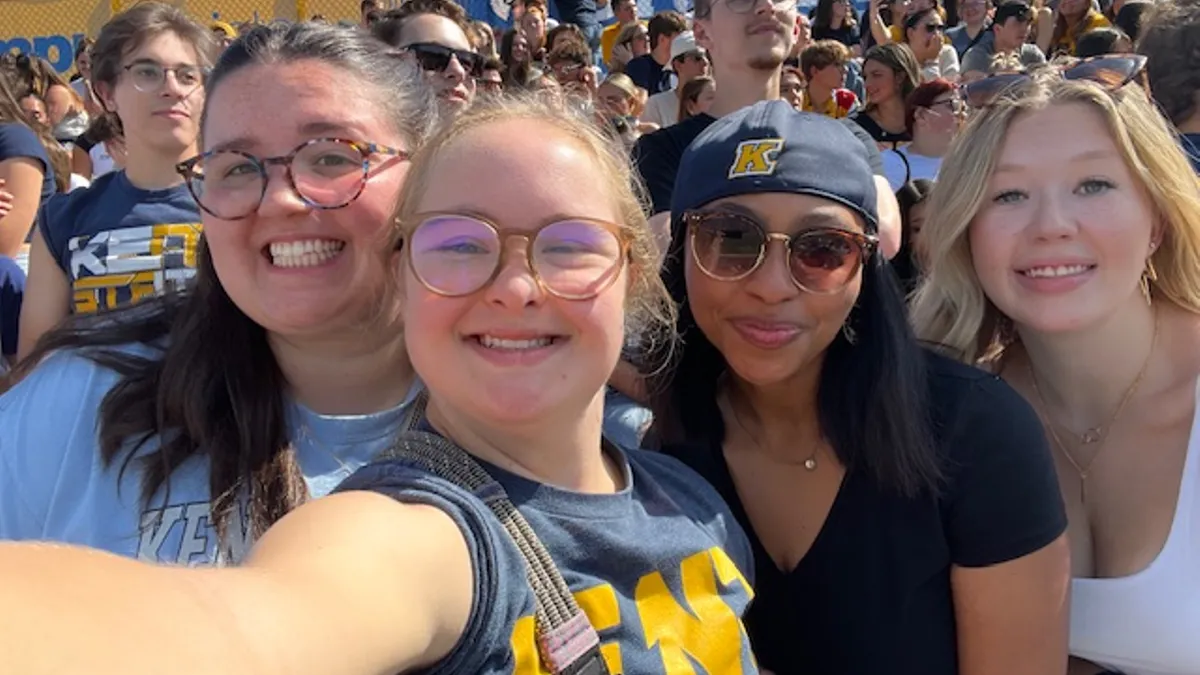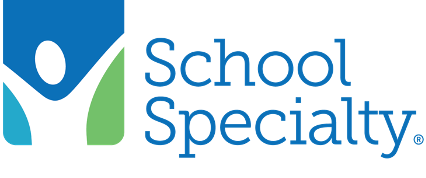Dive Brief:
- A new pilot program set to unfold in six New York City public schools is aimed at increasing diversity and balancing race and class in classrooms.
- According to The New York Times, the new initiative marks the first time that the city's education department has allowed principals to reserve a certain percentage of classroom seats for low-income families, ELL students, or students who are currently "engaged with the child welfare system."
- The pilot is designed to tackle the problem of segregation in New York City schools, a pervasive issue that has not shown significant enough progress over the years.
Dive Insight:
New York City history of segregation in public schools is long and storied. A 2014 report by the Civil Rights Project at the University of California, Los Angeles, showed that the city had one of the most segregated school systems in the nation, The New York Times reports. More recently, a study by New School University researchers found that NYC schools aren’t as diverse as the neighborhoods around them, showing that gentrification doesn't create racial and economic diversity within neighborhoods.
Attempts at desegregation have been complicated, divisive, and messy, pitting communities against each other and parents against school administrators. The results of this new pilot won't be clear until more time has passed, but it's a step in the right direction. So is the new law instated by NYC Mayor Bill de Blasio, which mandates regular reporting on diversity in schools.
Across the U.S., little has been done to prevent resegregation in schools since the Supreme Court's decision on Brown v. Board of Education over 60 years ago. Diversity and desegregation are also priorities of the Obama administration, which included a $120 million grant program for school integration initiatives within the proposed national budget for fiscal year 2017.





 Dive Awards
Dive Awards








